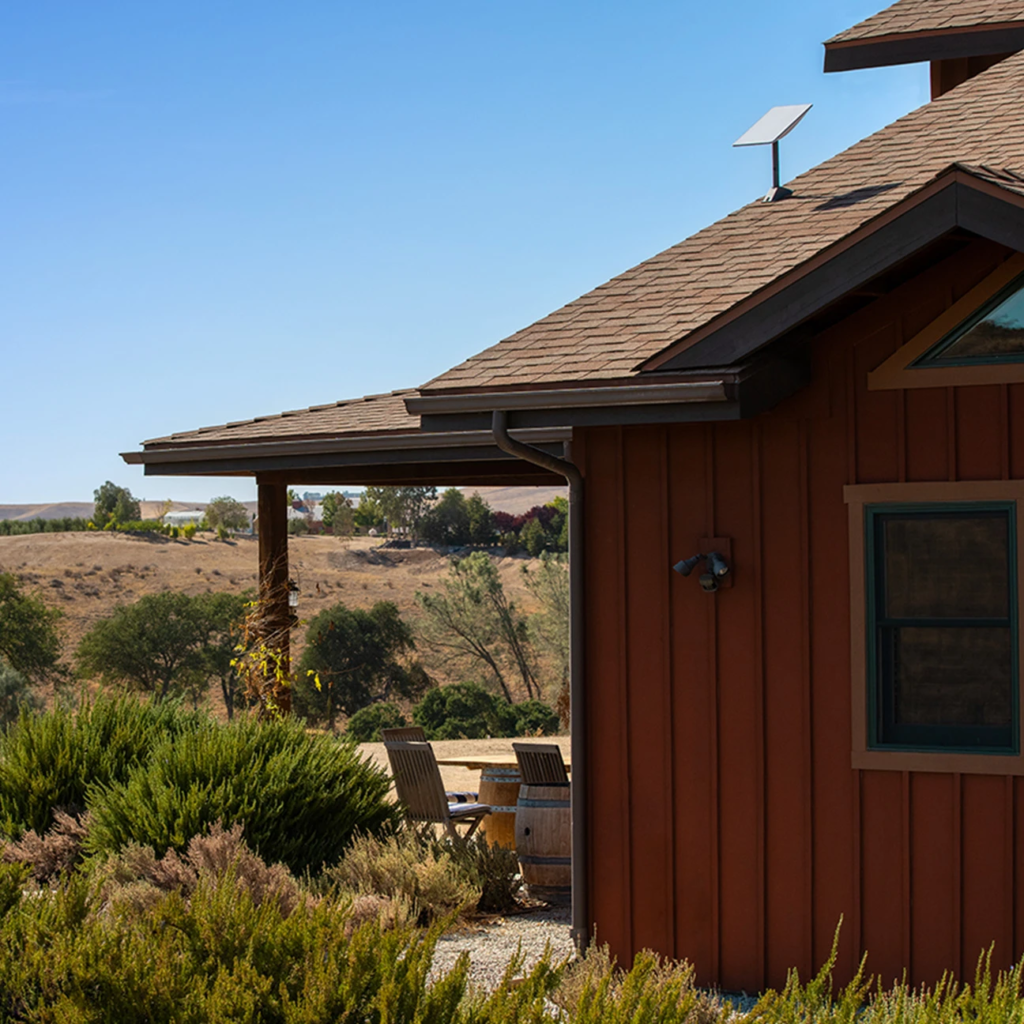Starlink in 2025: Revolutionizing Global Internet Connectivity
Table of Contents
Introduction
Starlink, the satellite internet service by SpaceX, has rapidly expanded since its launch, aiming to provide high-speed internet to underserved regions worldwide. As of 2025, Starlink has transformed the global connectivity landscape, bridging the digital divide and introducing new technological advancements. But how does it compare to traditional internet services, and what challenges remain?

The Growth of Starlink
Since its beta launch in 2020, Starlink has deployed thousands of satellites into low Earth orbit (LEO). By 2025, it boasts over 5,000 operational satellites, covering nearly every corner of the globe. The service is now available in over 60 countries, with growing adoption among rural communities, businesses, and even military applications.
Key Benefits
- Expanding Internet Access: One of Starlink’s primary goals is to bring high-speed internet to remote and rural areas where traditional broadband infrastructure is either too expensive or non-existent. Farmers, researchers, and students in isolated locations now have access to reliable connectivity, enhancing education, communication, and economic opportunities.
- High-Speed, Low-Latency Internet: Unlike traditional satellite internet, which relies on geostationary satellites (orbiting at 35,786 km), Starlink operates in low Earth orbit (550 km). This significantly reduces latency to under 20 milliseconds, making it suitable for activities like video calls, gaming, and real-time trading. Users report speeds ranging from 100 Mbps to 250 Mbps, which is competitive with many terrestrial broadband options.
- Disaster Response and Emergency Connectivity: In times of crisis, such as natural disasters or political unrest, Starlink provides instant connectivity where traditional infrastructure has failed. The service has already proven invaluable during hurricanes, wildfires, and conflict zones by enabling emergency responders and civilians to stay connected. Governments and humanitarian organizations are increasingly adopting Starlink to ensure uninterrupted communication in disaster-prone regions.
- Business and Enterprise Adoption: Beyond residential users, businesses and enterprises are leveraging Starlink for enhanced operations. Industries like maritime, aviation, and remote mining now have reliable internet, enabling real-time monitoring, cloud computing, and seamless communication. Companies in remote locations, such as oil rigs or research stations in Antarctica, now have stable, high-speed connectivity.
You May Also Like:Grok AI Chatbot: Elon Musk’s Answer to AI-Powered Conversations
Biggest Challenges in 2025
- Cost and Affordability: While Starlink has reduced its pricing over the years, the initial hardware cost ($500) and monthly subscription ($110-$120) can still be expensive for users in developing nations. However, ongoing efforts to introduce tiered pricing and subsidies are helping to make it more accessible. Additionally, Starlink is experimenting with lower-cost terminals and flexible pricing models to attract a broader audience.
- Competition from 5G and Fiber Networks: Although Starlink is revolutionary, it competes with fiber-optic networks and expanding 5G coverage. Urban areas with established broadband infrastructure may still prefer traditional providers due to lower costs and potentially faster speeds. However, Starlink remains a viable alternative in regions where fiber and 5G are either unavailable or unreliable.
- Regulatory and Political Barriers: Starlink has faced regulatory hurdles in certain countries, with governments either restricting access or imposing heavy licensing requirements. Some nations view Starlink as a national security concern, leading to slow approvals or outright bans. In response, SpaceX is actively working with governments to secure necessary approvals and negotiate partnerships for smoother deployment.
- Space Debris and Environmental Concerns: With thousands of satellites in orbit, concerns about space debris and satellite congestion are growing. SpaceX is working on collision-avoidance technology and satellite deorbiting mechanisms to mitigate these risks. Additionally, the company has pledged to make its satellites fully deorbit able within five years, reducing long-term clutter in Earth’s orbit.
- Scalability and Bandwidth Limitations: As more users subscribe to Starlink, maintaining consistent speeds and low latency remains a challenge. To address this, SpaceX is launching second-generation satellites with enhanced bandwidth capacity and expanding ground station infrastructure. These improvements aim to accommodate millions of users without compromising service quality.
The Future

Looking ahead, the company plans to launch its second-generation satellite network, enhancing bandwidth and speed. It is also exploring direct-to-smartphone connectivity, which could eliminate the need for ground-based infrastructure entirely. This innovation would allow users to access high-speed satellite internet directly from their smartphones, making connectivity more seamless and widespread.
Another ambitious goal for the company is the integration of AI and automation in satellite networks, enabling real-time network optimization and improved efficiency. This could lead to smarter traffic management, enhanced cybersecurity, and adaptive bandwidth allocation based on user needs.
Additionally, the company is expanding its partnerships with airlines, cruise ships, and global businesses, ensuring that high-speed internet is available on flights and maritime vessels. These advancements position the company as a leader in providing uninterrupted global connectivity across multiple industries.
Conclusion
By 2025, Starlink has reshaped the global internet landscape, offering fast, reliable, and widespread connectivity. While challenges remain, its impact on rural communities, disaster response, and emerging markets cannot be overstated. With advancements in satellite technology, AI-driven optimization, and potential direct-to-smartphone connectivity, Starlink is poised to be a game-changer in the future of internet access. As technology evolves, Starlink’s mission to provide affordable and universal internet access continues to make significant strides.





